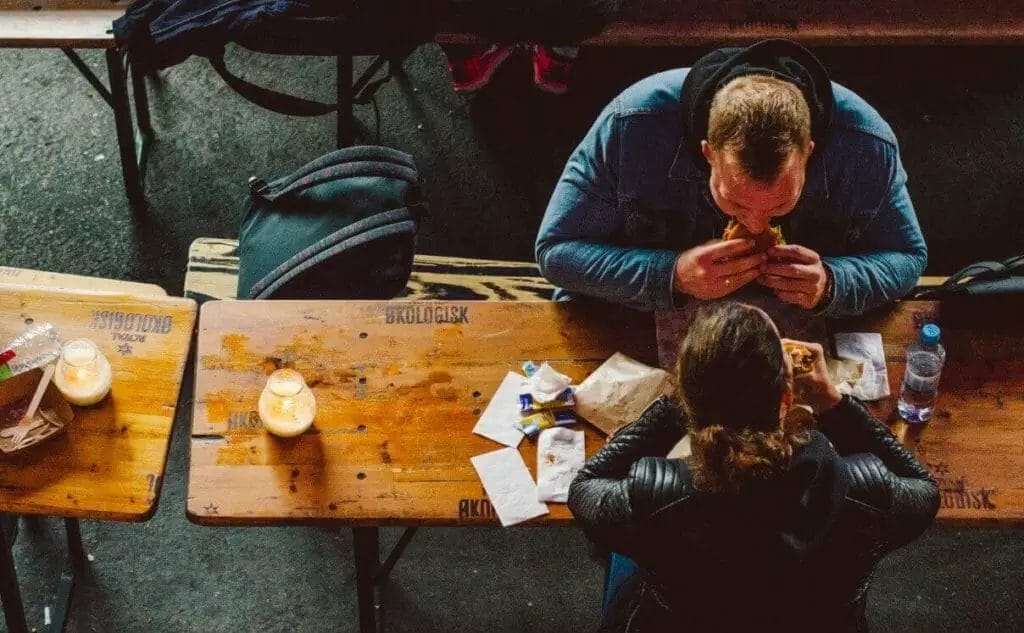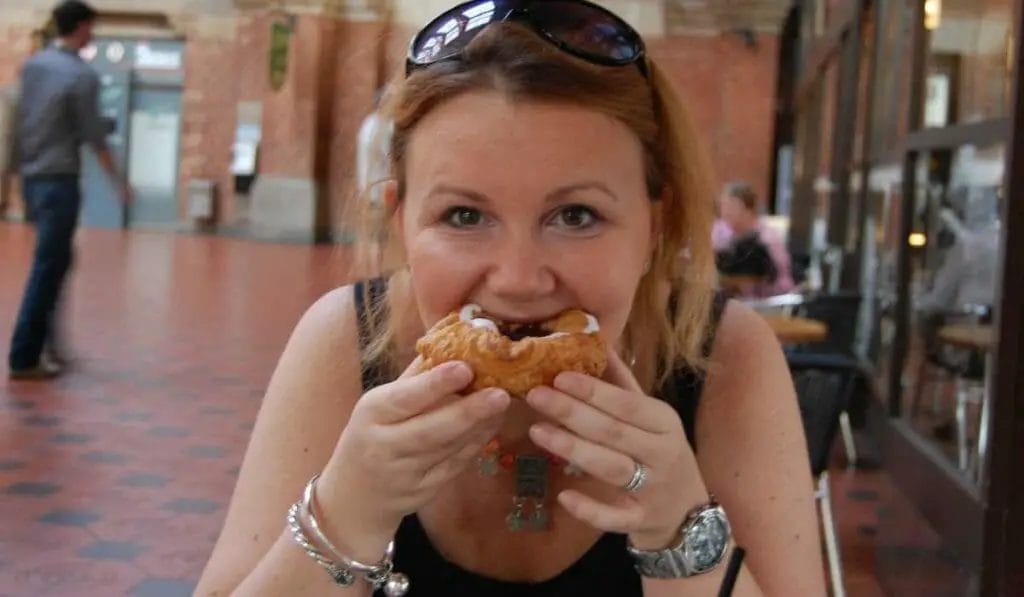
The relationship between Denmark and France stretches all the way back to the Middle Ages. Back then, Vikings roamed the seas and French monks set out to spread the word of Christianity.
The relationship only solidified over the years, with Danish students heading to France to learn more about medicine, law and theology, and French tutors heading north to teach in Denmark.
Over time, this French influence has seeped into Danish culture. In this article, we’ll take a look at some aspects of Danish life that trace their influence back to France, from food to card games.
Food
Food is an important element of every culture. Every nation has its own cuisine and local tastes. Some foods you can only find in certain parts of the world, and Denmark is very much included in that.

With half of the country facing out onto the North Sea, Denmark is well-known for the quality of its:
- salmon
- herring
- and cod
Also popular in most kitchens is Danish blue cheese.
In recent years, these amazing ingredients have helped Denmark become one of the top destinations in the world for food.
Copenhagen alone has 14 restaurants that share a total of 23 Michelin stars. Two of the standout restaurants are Noma and Geranium.
What may not be appreciated is that this surge in Danish cuisine was inspired by France. French cuisine, such as canard à l'orange, is known the world over.

When Danish chefs began to branch out in the 1960s and 70s, they learned how to cook in the French style, only to return to Denmark.
When they came back home, they adapted those recipes with Danish ingredients and kickstarted the development of the Danish gastronomic scene.
Why not check out one of our previous guides on the best vegetarian and vegan restaurants in Copenhagen?
Card Games
Card games are popular in Denmark. The French-suited 52 pack of cards has been modified slightly by the Danes, and they’ve created a number of their own games, like:
- Hjerterfri — the Danish version of hearts
- Halvtolv — a game similar to blackjack
- and Brus
Another game of French origin played in Denmark is baccarat. This simple game is often enjoyed in casinos.

It involves players choosing whether or not to place a bet on one of two options — the ‘player’ or the ‘banker’ hand. Players then wait while the dealer plays out the game.
Whichever hand gets closer to nine wins.
The Danish Pastry
One staple in Danish life is pastry. It goes by many names.

The Danes call it Viennese. The Germans call it the Copengahener. What they’re referring to is a distinctly light dough that’s folded and filled with cream, fruits and jams and topped with chocolate and nuts, among other things.
Despite its world-famous name, the origins of the Danish pastry actually lie in France.
The Danish bakers’ union has stated that the unique dough was in fact created by mistake around 350 years ago by a French apprentice baker named Claudius Gelee.
He forgot to add butter and flour to his dough. In an attempt to hide his mistake, he folded lumps of butter and flour into the dough.
The result was the Danish pastry. Very much a happy accident for Gelee and his colleagues.
The pastry arrived in Denmark via Austria some years later, again seemingly by accident. In 1850, Danish bakers went on strike over the manner in which they were paid.

They wanted cash, instead of being paid bed and board. To avert a crisis, Danish bakers hired foreign labour from Austria.
Austrian bakers had learned how to make soft and flaky Danish pastry from the Italians, who’d learned it from the French some years before.
The Austrian bakers brought those pastries to Denmark, and the Danes fell in love with them.
So much so that, when the strike ended, they learned how to bake such dough and from there, the Danish pastry was born.
In Conclusion
French culture is rich, vibrant and infectious. From food to entertainment, it possesses the ability to interest and inspire people across the world.
That influence has reached Denmark too, particularly in recent years with the likes of the thriving gastronomy industry centred around Copenhagen and its world-renowned restaurants like Noma.
Most curious of all is the influence behind the famous Danish pastry. Created by accident in France, it won the hearts of the Danish population and remains a staple food in many people’s lives.

Be the first to comment